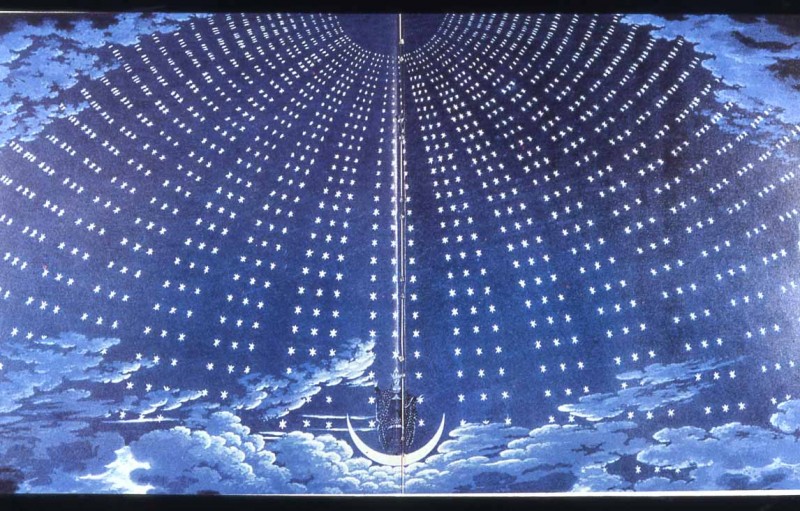Dreams form an important part of our lives even though we are asleep when they occur. Scientists say that they help us unpick the problems we face when we are conscious, psychologists use them as the door to our unconscious state prying into the depths of our mind in order to help us better understand ourselves and the world. Little surprise that they are an important theme in many artistic works including classical music.
Perhaps the best known piece of classical music that refers to dreams is Felix Mendlessohn‘s interpretation of William Shakespeare‘s comedy A Midsummer Night’s Dream and after nearly 150 years it is still an audience favourite. In 1826, Mendlessohn composed an overture for a concert performance, inspired by the play and it was first performed a year later and that it ho wit remained for 15 years, an opening movement adrift from the rest of a performable work. In 1842, partly because of the continuing popularity of the overture, and partly because his employer King Frederick William IV of Prussia liked the incidental music that Mendelssohn had written for other plays staged in the royal palace, the composer was commissioned to write incidental music for a production of A Midsummer Night’s Dream to be staged in Potsdam. He incorporated the existing overture into the other pieces including the Wedding March that is still played or performed most often today during many weddings.
Other composers that have used Shakespeare’s play as their inspiration are Henry Purcell, in the Fairy Queen, Carl Orff, Ein Sommernachtstraum, which was first performed in 1939 and the well respected 20th century British composer Richard Vaughan Williams.
One of greatest composers of the past three hundred year Wolfgang Amadeus Mozart was also inspired by sleep and the dream state. Eine Kleine Nachtmuisk and the whole of his last opera Die Zauberflöte, the Magic Flute, are dreamlike. If you only listen to the overture of the latter you find yourself transported to a more sublime and peaceable place.
Unfortuantely a once popular orchestral work written about the importance of dreams has passed from the public’s mind. The Dream of Gerontius is a work for voices and orchestra in two parts composed by the late romantic British composer Edward Elgar in 1900. It used the text from the poem, of the same name, by the theologian Cardinal John Henry Newman and relates the journey of a pious man’s soul from his deathbed to his judgement before God and settling into Purgatory. It is widely regarded as Elgar’s finest choral work, and some consider it his masterpiece and was performed frequently all over Europe in the decade after its composition, but now rarely receives a public performance.
Dreams still inspire later generations of composers. Dream Sequence (Images II) (1976) is a quiet, mysterious piece and is perhaps the most extreme of the avant garde explorations of the modern composer George Crumb (born in 1929). The night and sleep are a recurring inspiration for the American composer as the pieces Nocturnes, Night-Music, Zodiac Musings, Dreams, Images, and Sleep suggest.
The instrumentation for Dream Sequence is essentially a piano trio plus percussion, though the percussion and piano become a discrete group, and the two strings play as a duo.
The night and sleep are also important states for fellow US contemporary classical composer Howard J Buss. His own Dream Sequence (1987) is for trombone and four percussion instruments and was inspired by astronomer and astrophysicist Carl Sagan‘s poetic observation about dreams: “Late at night, when it is very still and the obligatory dreams have been dreamt, the gazelles and dragons begin to stir.” It contains subdued, mystical sections that contrast with energetic and rhythmic episodes in a manner resembling a progression of dreams. Buss (born in 1951, a generation younger than Crumb) is recognised internationally as a significant composer. His “patriotic” Fanfare is included in the Presidential Collection of Ronald Reagan. Someone, apparently, who knew quite a lot about sleep.
And for lesser mortals too when we wake we wonder what was the importance of what was just dreamt; in those few moments before true wakefulness we move between the world of dreams and a more prosaic reality. No wonder so many composers have tried to sustain that half spiritual state for longer than a few seconds. It a moment that is both sublime and often full of hope.







